10 eco-friendly kitchen Hacks to Reduce food waste
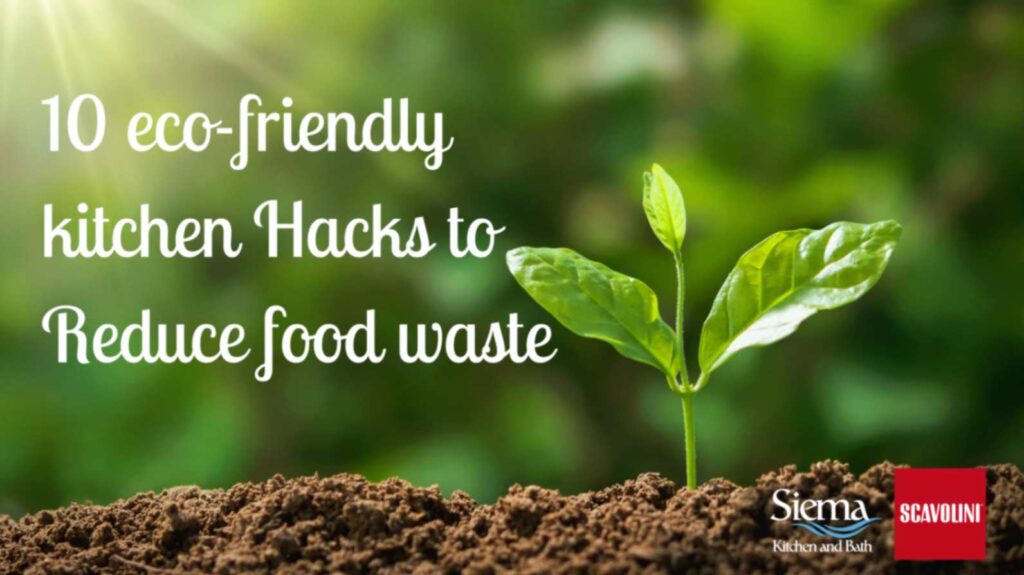
Food Waste Statistics in Vancouver
Every year tons of food are wasted or lost globally which results in huge financial losses and greenhouse gas emissions. Even though much of the food waste is avoidable, this has become a global problem that most of the industrialized countries are facing at present. There’s not much difference in the situation in Canada when compared to other industrialized countries. Reducing food waste is one of the most vital actions an individual consumer can take to lower his carbon footprint.
Food waste statistics for Canadians:
- 50 million tonnes of food waste every year. However, 63% of the waste can be avoided with proper planning and awareness.
- According to the UN Food Waste Index, the average Canadian household produces 79 kilograms of food waste per year.
- 47% of food waste in Canada is generated at household level.
- Fruits and vegetables account for 45% of food waste.
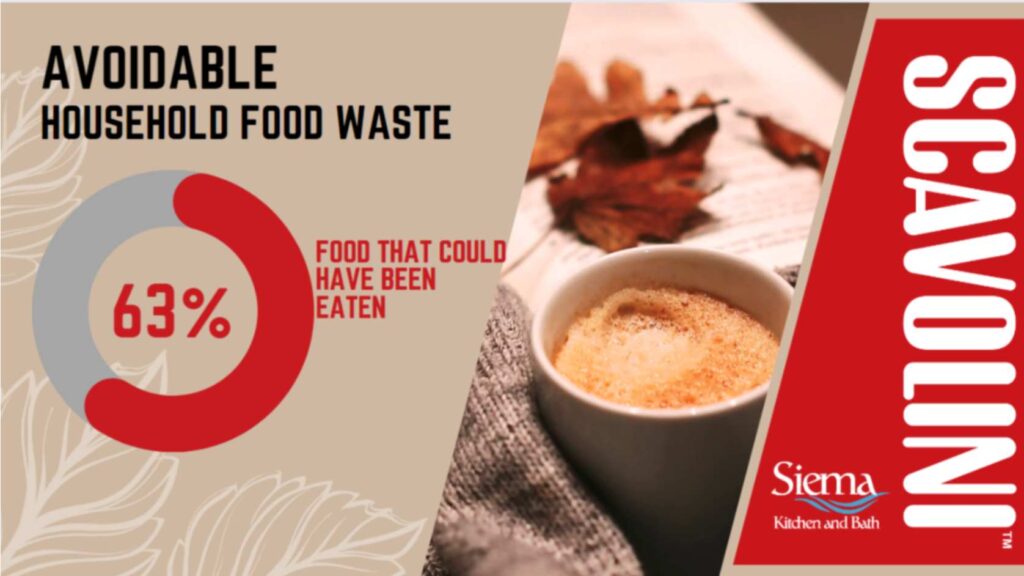
(source: https://madeinca.ca/food-waste-canada-statistics)
Over 50 percent of food waste in Vancouver households is avoidable. Many factors may cause food waste among the families in Vancouver. Some of the main identified causes for food waste are improper storage of food, over-buying, poor planning etc. Reducing food waste at home is easier than most people assume.
This article aims to provide you with some useful and easy-to-follow kitchen hacks to reduce food waste and make your kitchen a greener and more eco-friendly place. As the pioneers of kitchen remodelling Siema Kitchen and Bath is proud to accept the Net-Zero challenge and contribute towards making a greener city.
What is an eco-friendly kitchen?
The kitchen is the heart of the home. Sustainability in the kitchen means, making choices to reduce carbon footprint and minimize the impact on the environment. Most homeowners have a fear that it will cost them more money to convert their kitchen into a greener place. The good news is it requires minor changes in daily cooking, food preparation and shopping habits which could make drastic contributions to going greener. The eco-friendly kitchen will have environmentally friendly materials and energy-efficient appliances. There are some unique characteristics of an eco-friendly kitchen. Reduces food waste, recycling and production of compost are some of the characteristics of a sustainable kitchen. With the current environmental pollution, the need for eco-friendly kitchens is more important than ever. Making the right choices for your well-being is good for your wallet and the planet as well.
The provided kitchen hacks will be very useful in your daily life, and they can be practiced easily at home.
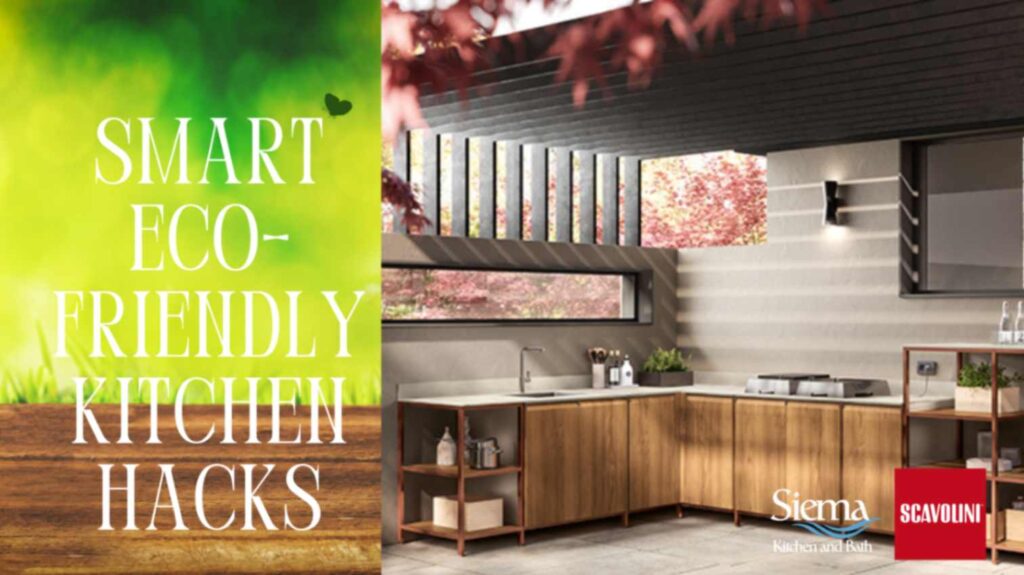
Smart eco-friendly kitchen hacks
# 1. Replace the paper towels, tissues with cloth towels and towels made of recycled paper or bamboo fibers to clean kitchen cabinets, spills, dry hands etc.
A major way of producing waste in the kitchen is by materials being used for cleaning kitchen cabinets, plates, dishes and mugs etc. The majority of households use single-use tissues and paper towels, there’s not much difference with Canadian households as they are also contributing to the high consumption of tissues and paper towels.
Why not make the switch to cloth towels or reusable towels made with bamboo fibers, and sugar cane? It’s a wise decision to invest in reusable towels for cleaning up spills, drying your hands and wiping kitchen cabinets considering environmental factors.
Nowadays some companies manufacture reusable paper towels that can be rolled up quite similar to paper towels for easy use. The use of reusable paper towels may require hand washing and rinse. Even though it requires some extra washing, opting out of using paper towels can have a positive impact on our nature over time.
# 2. Add a compost bin to your kitchen.
Kitchen waste such as vegetables, fruit peels and other organic waste is a huge contributor to greenhouse gases like methane. Composting at home is one of the most fascinating kitchen hacks to make use of food waste in your kitchen for betterment. You can remodel or design your kitchen cabinet fabulously, leaving space for a bucket with an odor-eliminating charcoal filter to collect food waste until you are ready to take it out.
Composting helps to convert large amounts of food waste into organic fertilizers which can be used for flower gardens. This compost is made with organic food waste enriched with macro and micronutrients which will make up a healthy and nutritious soil for your garden. On the other hand, it is a more economical solution as you can save money on buying fertilizer for your garden. Moreover, some food scraps such as egg shells, coffee grounds, banana and orange peels can be used as pest deterrents in your garden.
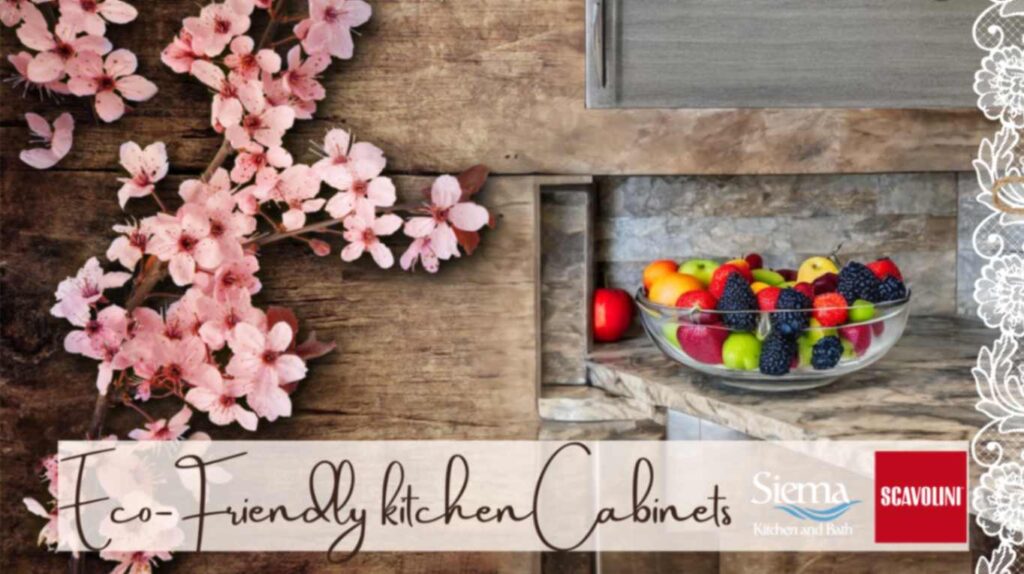
# 3. Use reusable bags when doing grocery.
Most countries still use plastic bags to pack groceries which is a bad practice. It creates a massive amount of polythene waste every year which contributes directly to environmental pollution. Imagine the amount of polythene waste each family produces if they do grocery 2-3 times a week.
Switching to a reusable bag is a handy idea. There are tons of reusable bags made with a variety of materials such as cotton, jute, bamboo fibre etc. Allocate a specific place in your kitchen cabinet to keep all reusable bags and make it a point to carry a few of the bags with you when you go shopping. The good news is that Vancouver families have the habit of using reusable bags on most occasions instead of plastic bags. This practice among the Vancouver people helps to make the city greener and eco-friendly.
# 4. Replace your plastic containers, and wraps with glass, ceramic or wooden containers.
The use of plastic wraps and containers is one of the foremost reasons for environmental pollution and it is not good for handling food as well. These plastic wraps were made from synthetic chemicals which are non-recyclable and not suitable for storing or wrapping heated food items as they can react with chemicals and become harmful to your health.
The best switch for plastic wraps would be beeswax wraps as they are washable and reusable. Also, silicone caps are another replacement for plastic wraps. Silicone caps are adjustable and can be used to cover any size of food bowl. The best alternatives for plastic containers would be ceramic or wooden containers. Ceramic and wooden containers don’t alter the composition of heated food items in a bad way and preserve them in good quality to consume. Ceramic and wooden are eco-friendly and its safe materials to handle food.

# 5. Follow the ‘first-in, first-out’ principle in your fridge and kitchen cabinet
The ‘First-in, First-out’ mantra is one of the best kitchen hacks that can be practiced in your kitchen while organizing your kitchen cabinet and fridge. Put the oldest food items in the front where you can easily see them and grab them and cook them before they spoil. The newer and fresh items will go towards the back of the fridge. Follow the same method for shelf-stable items in your kitchen cabinet.
# 6. Be creative to use up food
Many families tend to throw away the leftovers in the garbage at the end of every meal. The quantity of leftovers may vary depending on the consumption pattern and the size of the family. This practice is not profitable in terms of green concept and as well as for your pocket.
Have you thought of making use of those leftovers and preparing a new meal? Does it sound strange to you? It is a very creative idea to make different types of dishes, sauces, and dressings by making use of leftovers which will add new flavour or surprise your family with some new variety at the teatime.
# 7. Freeze or preserve extra food
One of the common practices among the people is to throw away the extra food. This is a nasty habit from the economic perspective. One of the best kitchen hacks to preserve extra food is to freeze them in a fridge.
It is advisable to pack them in a freezer bag to prevent vegetables and fruits being drying up. Make sure to label the bags using a marker so that you know what the bag contains and how long it has been in the freezer.
Making a mouthwatering smoothie with frozen berries, greens and bananas would be a wonderful addition to your breakfast. Or heat your frozen berries into a quick compote to drizzle over yogurt or French toast.
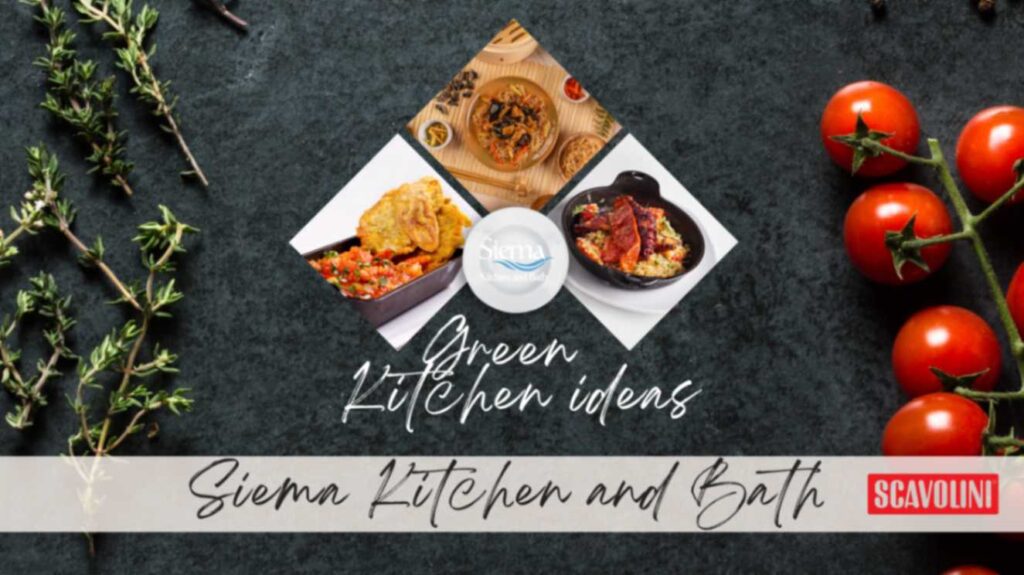
# 8. Shop for groceries wisely
Families in Vancouver have different ways of shopping for groceries and different buying patterns. Some families do shop every week and some once in 2 weeks etc. However, what you bring into the kitchen has a huge impact on the amount of waste it can produce.
It is wise to plan your week by deciding what to buy and in which quantities. Before going out to do your groceries look inside your fridge and kitchen cabinet to take an inventory count of what you have. Afterward, list down the items that you want to buy. This helps to avoid having excess food, vegetables, and fruits. Moreover, this is a bright idea to save money during this economic downturn and good for your pocket as well.
It is also helpful to make a meal plan for the week to determine what perishable foods you’ll use that week and cook them quickly. These methods will make a huge difference with regard to waste in your kitchen.
# 9. Store your fruits and vegetables separately in your kitchen cabinet
You can allocate separate shelves in your kitchen cabinet to store fruits and vegetables separately. Keeping your fruits and veggies separated has many advantages in terms of preserving them. Some fruits and veggies release ethylene gas which is a natural gas that speeds up the ripening process.
When you store everything together ethylene-sensitive veggies and fruits may ripen and perish quickly. In general, storing veggies that release high amounts of ethylene (stone fruit, ripe bananas, tomatoes) separately from ethylene-sensitive items (onions, potatoes, squash) can be a definite advantage in increasing the shelf life of the veggies and fruits.
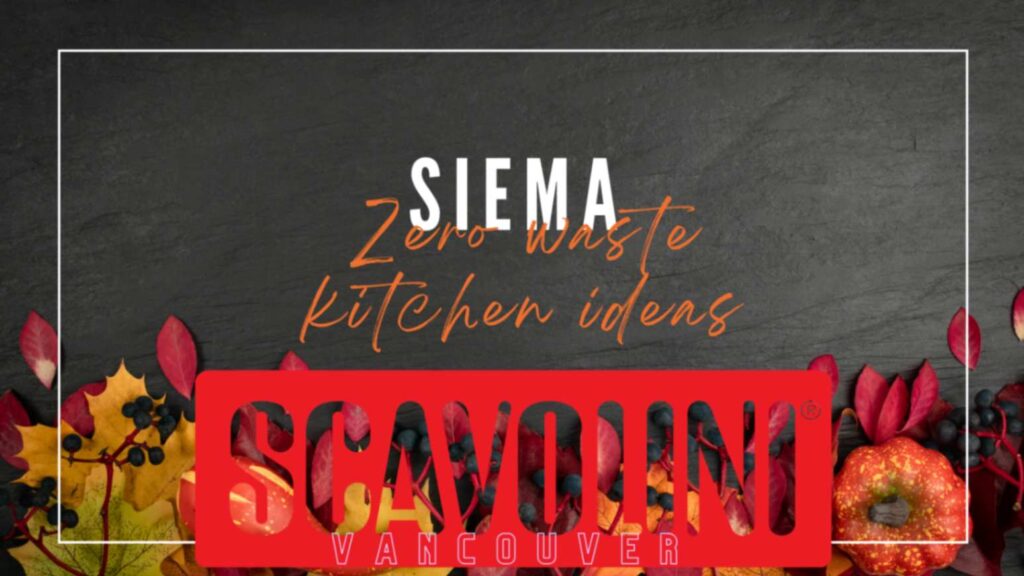
# 10. Pay more attention to ‘Best Before’ date versus ‘Use by’ date
Most of the food items have ‘Best Before’ and ‘Use by’ dates which are different in meaning. ‘Best Before’ date means the food item may not taste at its best after the specified date. However, still it is safe to use and consume that product until the date mentioned as ‘Use by’. “Best before” date is also specified on food labelling as a guide to retailers. When the best-before date has been reached, the food item should be removed from the shelf and no longer for sale to the customer. Most likely food items will perish after the ‘Use by’ date and it is not advisable to consume them after that date.
Understanding the meaning behind these two dates is highly significant to avoid food waste in your kitchen. When you buy groceries pay more attention to these two dates. More importantly when you cook food and consume make sure to finish the items that will be due soon.
website: www.siema.ca
